Industrial Designer Erik and Electrical Engineer Jonathan, two of the creative forces behind the new MYND Bluetooth speaker sat down with us for an interview to give fascinating insights into its development. They tell us how the MYND brings together durability and Open-Source philosophy in a way that allows consumers to let their imaginations run wild with customization ideas.
The Longer a Speaker is Used, the Lower its Environmental Impact.
Teufel Blog: Erik & Jonathan, please introduce yourselves and tell us a bit about your roles in the development of the MYND.
Erik: Gladly! I’m an industrial designer and I’m responsible for product design and implementation. Basically, I shepherd the project from initial concept all the way to final product.
Jonathan: And I have been working on this project from the start as an electrical engineer. So I was involved from prototyping all the way to final components and PCB (printed circuit board) layout.
Teufel Blog: The MYND is a product that was developed with a particular focus on long lifespan. What makes the MYND so durable?
Erik: The fundamental idea behind the MYND is sustainability. The longer a speaker is used by the customer, the lower its CO² footprint, and thus its environmental impact. That was why it was very important for us that the MYND be very easy to repair. Even users without specialist knowledge can replace the battery no problem. We even published a tutorial. It’s hard to say today what technologies are going to become standard in the future, but we will try to be reactive to that and provide customers with components that will help facilitate new features.
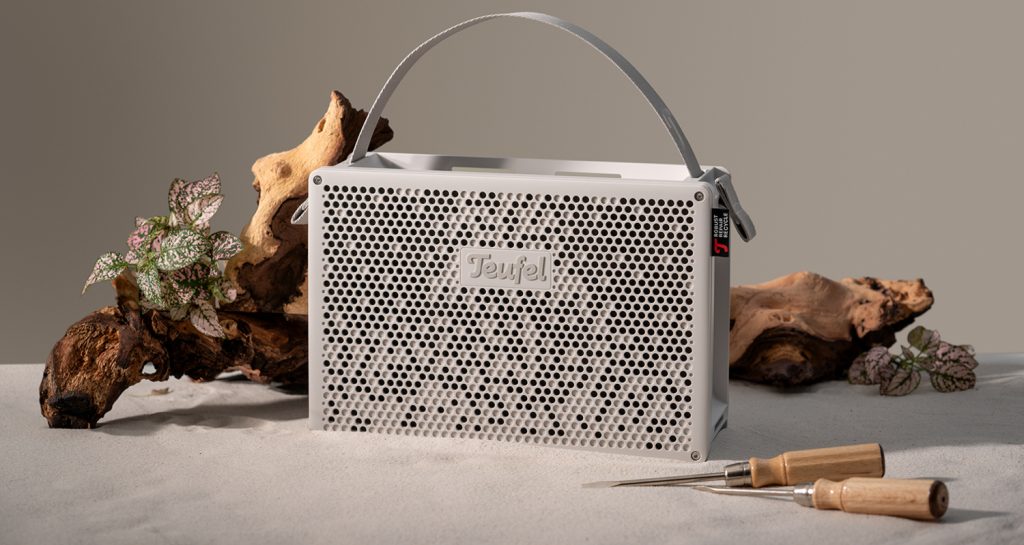
Jonathan: In terms of electronics, there are a number of factors that help prolong the MYND’s lifespan. For portable speakers, the battery is usually the first thing to fail. Usually, they can only last a few years. Best case scenario, users will then keep their speaker plugged in all the time. But in the worst, it ends up in the trash. The fact that the MYND’s battery is easy to replace is the first factor that makes it much more future proof. All electronic components of the MYND come from well-known producers and can be replaced either along with other components or individually, which makes repair very easy even when something does break.
Teufel Blog: Which aspects of the MYND contribute to its positive Life Cycle Assessment (LCA)?
Erik: The proper choice of materials, which should either already be recycled, or be recyclable in the future. The construction and thus also design has to be condensed to the most essential elements, meaning keeping unnecessary features to a minimum because the less materials used, the better the LCA. Factors like ease of repair, which increases the lifetime of the speaker, can also have a positive effect.

Teufel Blog: When developing a product like the MYND, do you think more about what you personally would like to use, or what the customer would want?
Erik: Product development is always a process of making a suitable product for our customers, not ourselves. The focus is thus clearly on the demands of our customers.
Jonathan: In the best case, you can do both. Working on a product that you like and want to own yourself is an incredible motivator in terms of getting everything out of the product. Of course, you also can’t lose sight of what’s really important or get overly caught up on details. We always have colleagues around who are willing to offer different perspectives both from themselves and other target groups.
The MYND can be rebuilt from publicly available data.
Teufel Blog: Open Source was also an important topic for the MYND. What does that mean for design and acoustics? Can you print some of the components at home in a 3D printer?
Jonathan: We developed the drivers in-house, so the replacement parts for those are available only from Teufel. But if you instead use similar drivers, it is possible to build a whole MYND on your own using the data we published. You could produce the boards using our PCB diagrams, buy components from various retailers and assemble. A 3D printer with enough print volume and materials could print all the plastic parts, and we also have published the software the MYND uses internally. That means it needs only a handful of screws and you could build your very own speaker. You can also adjust the acoustic tuning to your personal wishes.
Teufel Blog: Were there any compromises you had to make with the MYND’s acoustics to achieve the ease of repair, or were the aspects easy to harmonize?
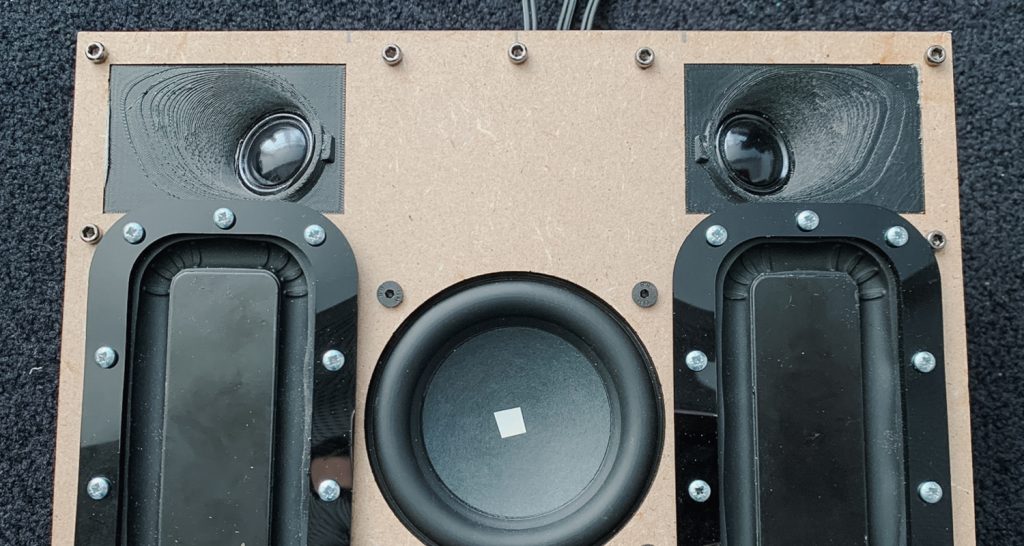
Erik: We were able to bring both aspects together very well, but it did present challenges at some points. For example, the grille on the front was supposed to be made of plastic. The shape and structure of the grille has a significant impact on the acoustics.
Teufel Blog: What can customers expect from the MYND in terms of sound?
Jonathan: The MYND was conceived as a versatile speaker and also cuts a fine figure acoustically both indoors and out.
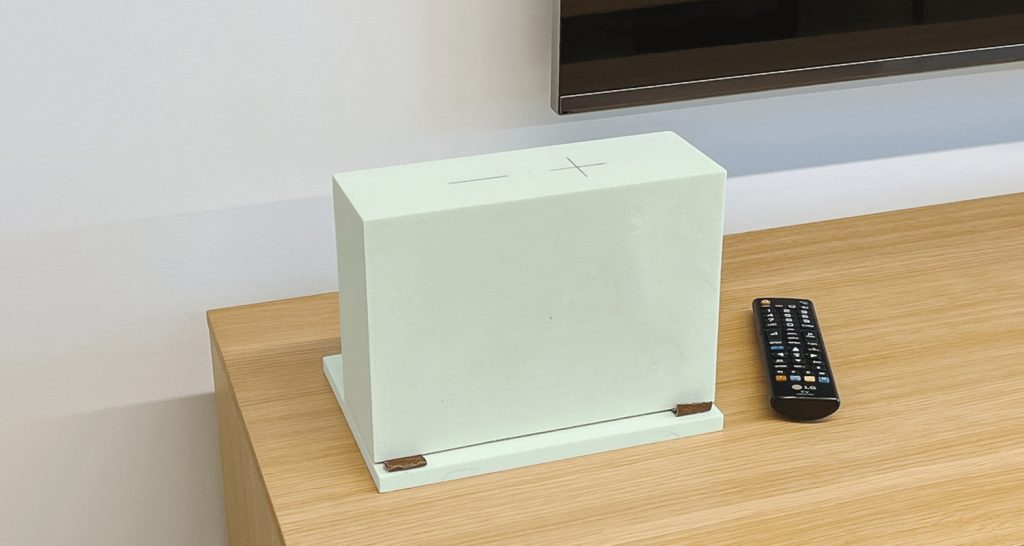
Teufel Blog: What materials were used to keep the product lifespan as long as possible?
Erik: For most components, we use a kind of plastic which is up to 50% recycled. Plastic is very easy to recycle again to then make more plastic, and the specific combination of PC and ABS plastic contributes to a long lifespan. In general, we tried to avoid unnecessary components, and thus minimize the chance of breakage.
Teufel Blog: How were you able to keep the MYND so easy to repair?
Erik: Ease of repair was the focus from the very beginning and the design and construction reflect that. All components can be accessed from the front. We kept the interior construction very simple and minimized glue usage as much as possible. We optimized cable management and grouped the different PCBs based on their function.
Jonathan: Having the focus on ease of repair meant that in the electronics department, we were able to make a lot of decisions in that direction early on. That means on a technical level that we only use electronic components that are available to retail customers and did our best to stick only to components that can be replaced with a standard tool if it breaks down. We used several boards inside so its easier to replace them rather than having to throw out the whole speaker when it’s really just a minor defect.
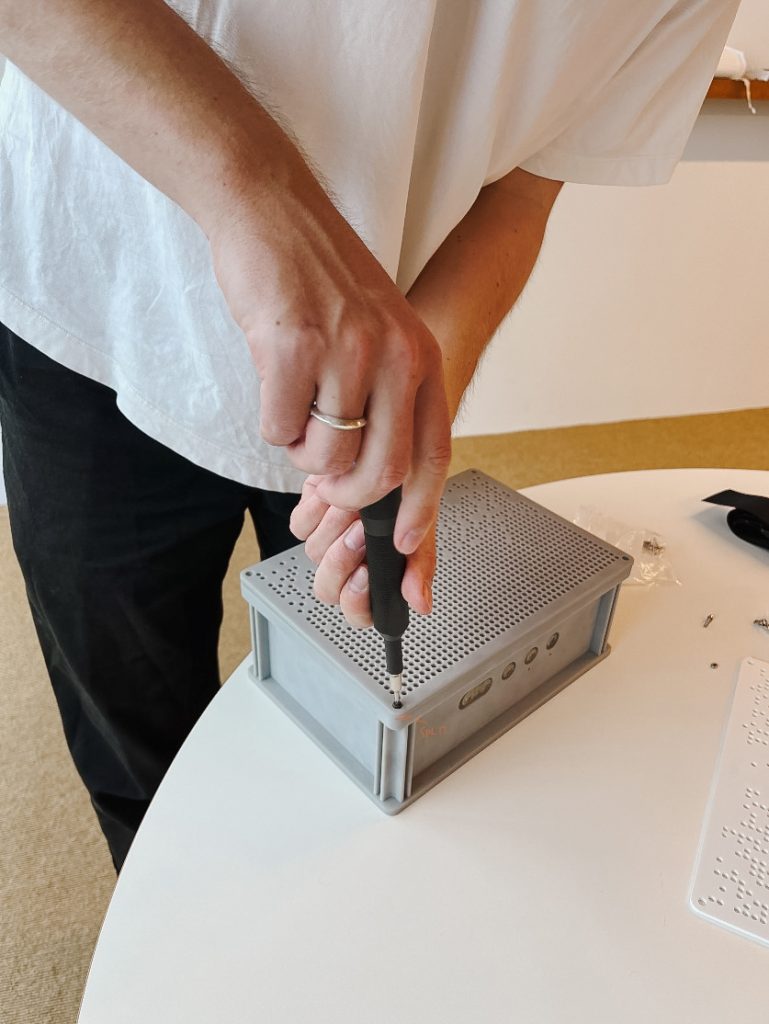
Its All up to the Imagination
Teufel Blog: Keyword Second Life: what does that mean in terms of the MYND?
Erik: The customer can of course be encouranged to use the plastic components of the enclosure in a new way. But our focus was more on ease of recycling.
Jonathan: From the perspective of a maker/hacker/nerd, the MYND is a goldmine for upgrades and conversions into something very different from what we sell. If at any point I no longer need the MYND as a Bluetooth speaker, I can use the open source documents to turn it into a streaming speaker. Or I can build in a Raspberry Pi with effect simulations and use it as a guitar amp, or a phono pre-amp so I can connect it straight to a record. Its all up to the imagination. The foundation elements of the MYND will be interesting to crafty types for decades to come.
A Driving Factor: Portability
Teufel Blog: The MYND is also a speaker that can be used to bring music anywhere. What did that use case mean for the design?
Erik: Portability was another driving factor behind the development of the MYND. The straps make it easier to carry around. All four corners of the case have openings for a shoulder strap. The back has more openings for attaching straps. So, portability was a very big influence on the design because we wanted to bring together multiple different customer demands in this product.

Jonathan: It means that the MYND has to be able to stand up to the elements. If someone has it at a pool party, it might get wet, or fall into the pool. If someone forgets to charge their phone, the MYND also has a built-in power bank so the party doesn’t have to end too early.

Teufel Blog: Where would you like to take a MYND?
Erik: I would like to take it to a park, or a grill party in a friend’s back yard. I can also picture it at a nice pool party.
Jonathan: As a music lover myself, I am most excited to take it outside for activities such as sailing. With the many attachment points, it will be easy to strap onto the tackle so you have awesome sound all over the boat. As a nerd, I am also happy to be able to take it apart and do some fiddling, put my 3D printer to good use and take a soldering iron to it so I can see what else it can really do.
Teufel Blog: Thank you for your time!
Check out the MYND in our web shop:

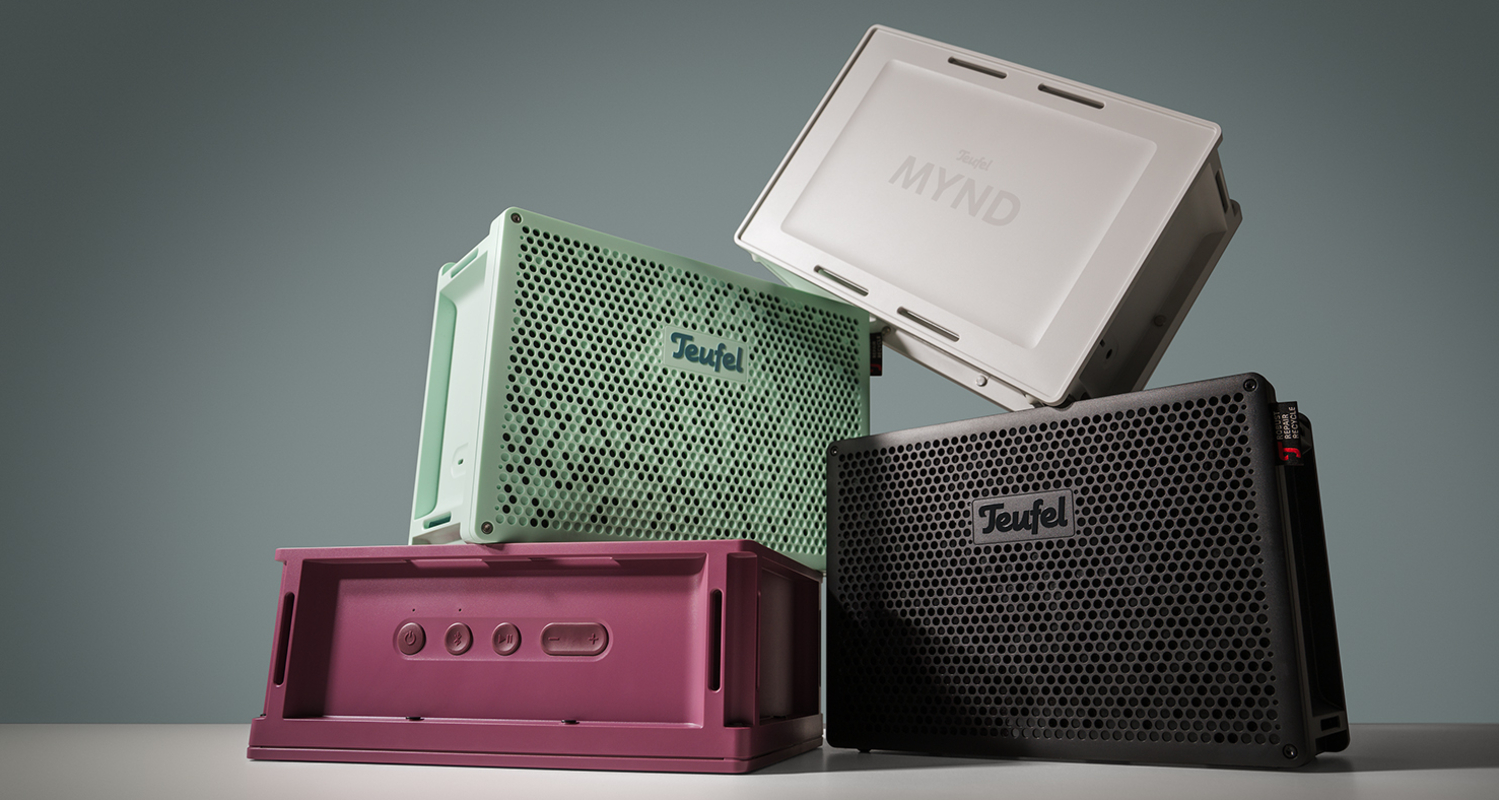



2 responses to “Visionary MYNDs: Insights on Teufel’s First Open-Source Speaker”
So… when will the Teufel MYND be sold in the United States?
We are currently not planning on launching the MYND in the United States, but look out for new products in our Fender x Teufel line!